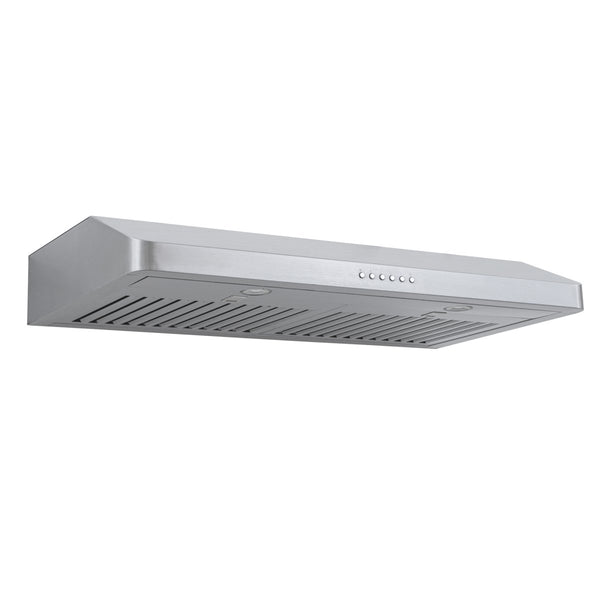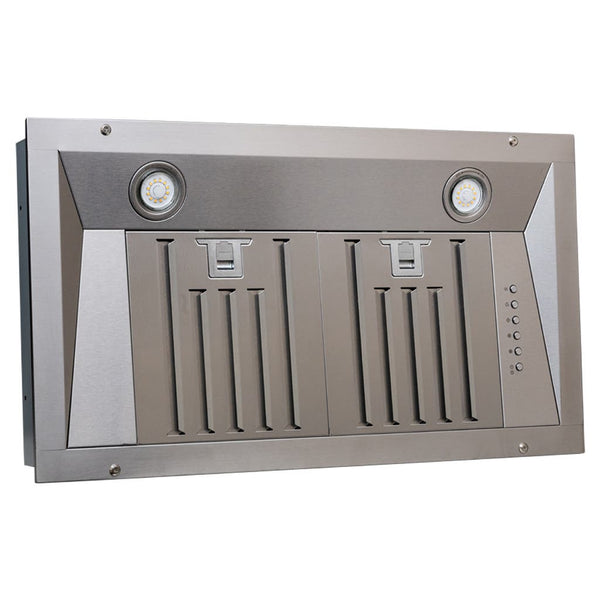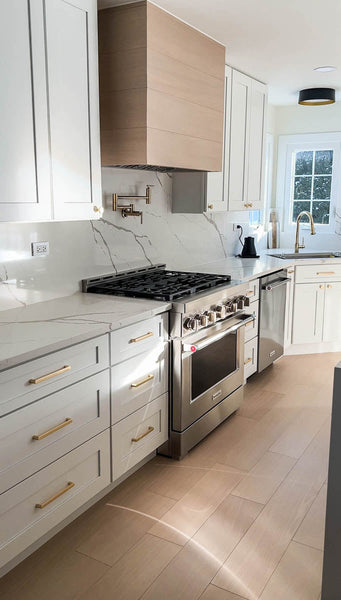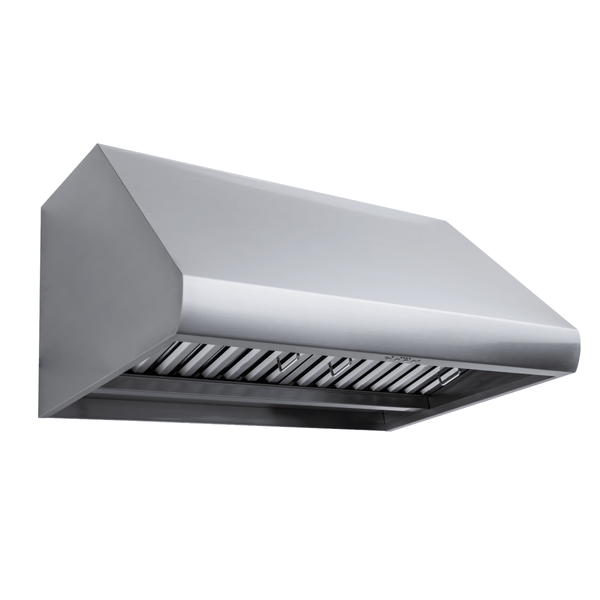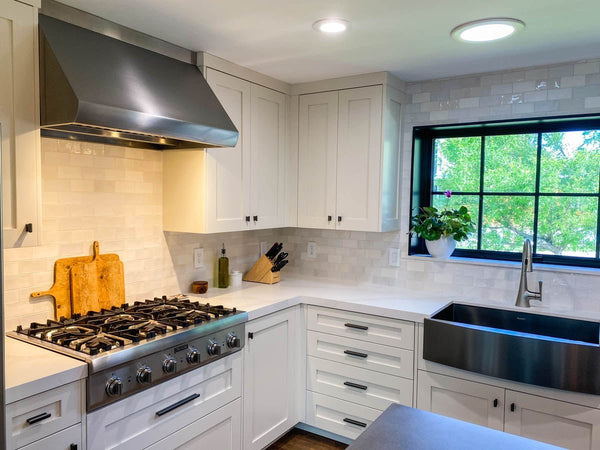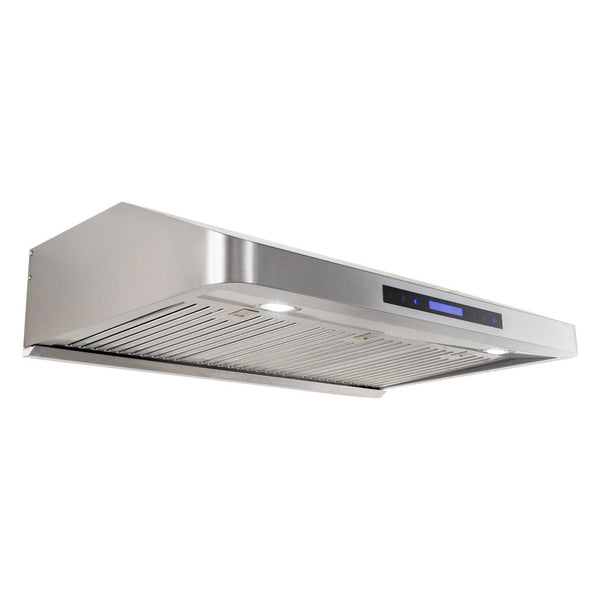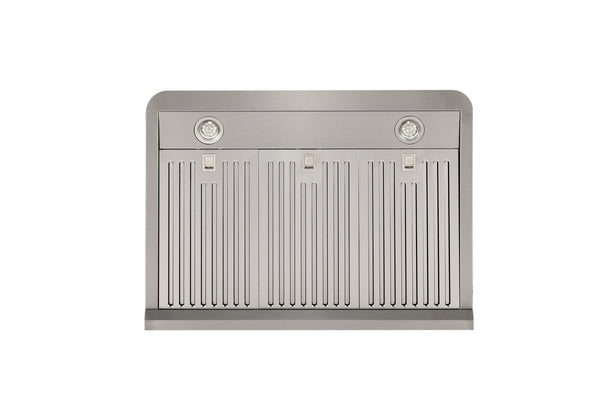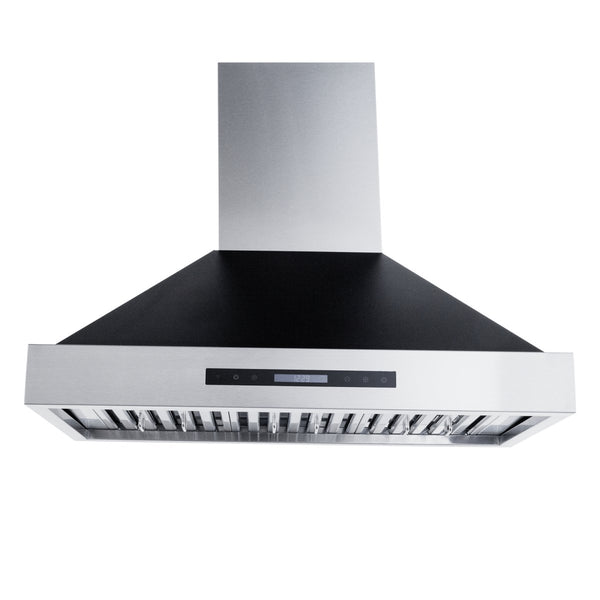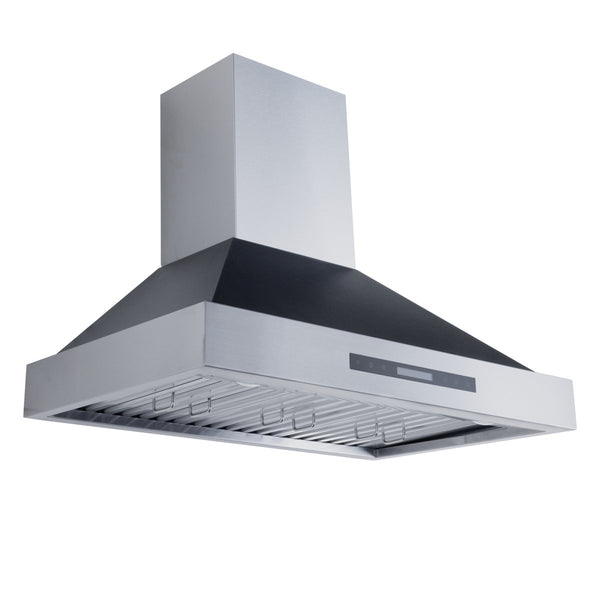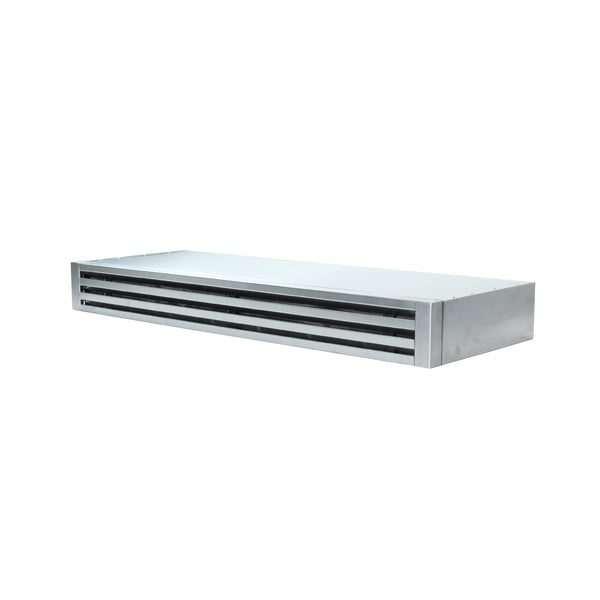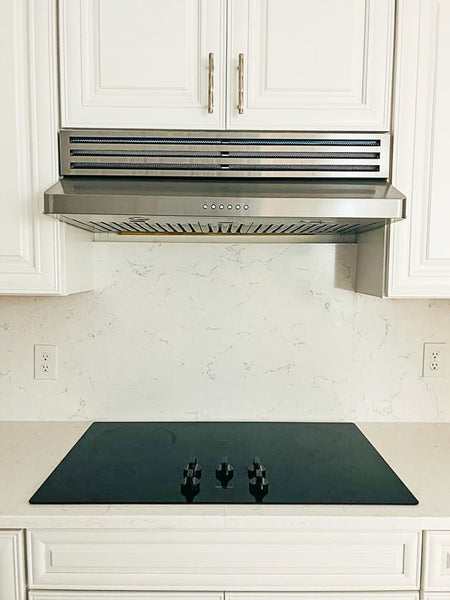Table of Contents
When it comes to kitchen renovations or appliance upgrades, understanding range hood wiring might seem intimidating at first. However, with the right knowledge, you can gain valuable insights into how these essential kitchen ventilation systems operate.
This guide will walk you through the electrical components of range hoods, wiring considerations, and safety precautions to help you understand the system powering your kitchen ventilation.
💡 NOTE: Always consult a professional if you have no prior electrical experience.
The Basics of Range Hood Electrical Systems
Range hoods may appear simple on the surface, but they contain several electrical components working together to keep your kitchen air clean. Before diving into wiring specifics, it's important to understand what powers these appliances.
Core Electrical Components
A typical range hood contains the following electrical elements:
- Electric Motor - The heart of the range hood that powers the fan blades
- Control Panel/Circuit Board - Manages fan speeds and additional features
- Lighting System - Typically LED to illuminate the cooking surface
- Capacitor - Helps the motor start and run efficiently
- Wiring Harness - Connects all components to the power source
Each of these components requires proper electrical connections to function safely and effectively.
Troubleshooting Range Hood Wiring Issues
Common electrical problems and fixes:
| Issue | Possible Cause | Troubleshooting Steps |
|---|---|---|
| Hood won't turn on | No power / bad switch | Check circuit breaker, test outlet, inspect switch connections and all wiring harnesses for secure connections |
| Lights work, fan doesn’t | Motor or capacitor | Check motor harness connections, test capacitor with multimeter |
| Fan runs, lights don’t | Bulb / light circuit | Replace bulbs, check light harness connections |
| Speed control fails | Faulty control board | Inspect control panel and ensure secure connections at circuit board |
| Intermittent function | Loose wiring | Secure all wire connections, check for overheating |
When troubleshooting, always disconnect power at the breaker before inspecting internal components.

Understanding the Wiring Diagram
Range hood wiring diagrams may initially look complex, but they follow logical patterns. Here's how to interpret the typical wiring layout:
Power Supply
The range hood connects to your home's electrical system via:
- Hot Wire (Black) - Carries current from your electrical panel
- Neutral Wire (White) - Completes the circuit by returning current
- Ground Wire (Green) - Provides safety grounding
These three wires enter the hood through a junction box, where they connect to the hood's internal wiring.
Internal Circuits
Once inside the range hood, the power divides to serve different functions:
- Motor Circuit - The hot wire connects to the control switch and then to the motor, often through a capacitor
- Light Circuit - Branches off to power the lighting system
- Control Circuit - Powers the electronic control panel in models with digital interfaces
More sophisticated range hoods include additional wiring for features like automatic shut-off timers, temperature sensors, or smart home connectivity.
Common Range Hood Wiring Configurations
Special Wiring Considerations
Modern range hoods often include features that require special wiring considerations.
Dual Blower Systems

High-CFM range hoods sometimes use dual motors/blowers for enhanced ventilation:
- Each motor may have its own capacitor
- The control system manages power distribution between motors
These systems offer powerful ventilation but have more complex wiring needs.
Safety Features
Quality range hoods incorporate several safety features into their electrical systems:
- Thermal Overload Protection - Automatically cuts power if the motor overheats
- Insulated Wire Connectors - Prevent short circuits and electrical hazards
These safety mechanisms protect both the appliance and your home from electrical hazards.
DIY vs. Professional Installation
Maintenance Tips
Keep your range hood's electrical system in top condition with these maintenance tips:
- Regular Inspection - Check visible wiring for wear or damage twice yearly
- Proper Cleaning Methods - Never spray cleaners or water directly on electrical components
- Light Bulb Replacement - Use only manufacturer-recommended bulb types and wattages - LINK
Proactive maintenance extends the life of your range hood and prevents electrical hazards.
Conclusion
Understanding range hood wiring helps you make informed decisions about installation, maintenance, and troubleshooting. While simple range hood wiring might be manageable for homeowners with basic electrical knowledge, complex installations are best left to professionals.
Whether you're installing a new range hood or maintaining an existing one, respecting electrical safety is paramount. With proper installation and regular maintenance, your range hood's electrical system will provide years of reliable service, keeping your kitchen air clean and fresh.
Remember: When in doubt about electrical work, consult a licensed electrician to ensure safety and code c ompliance.
